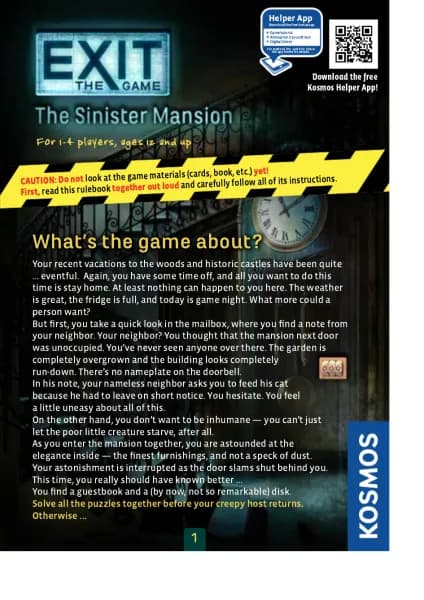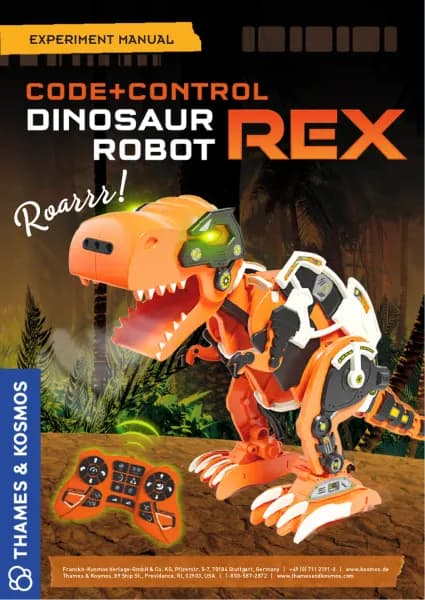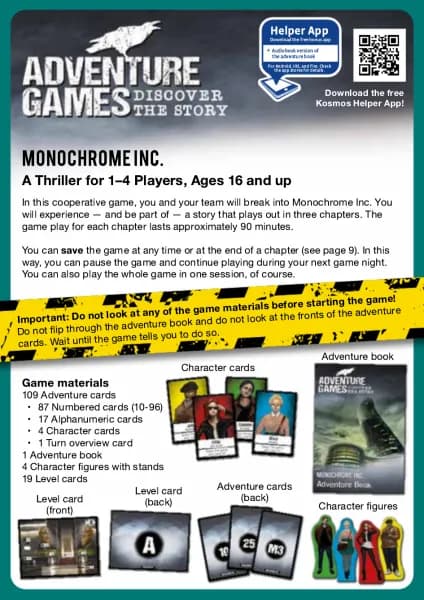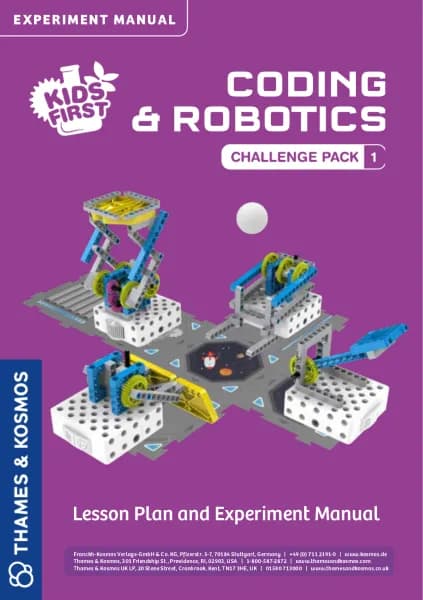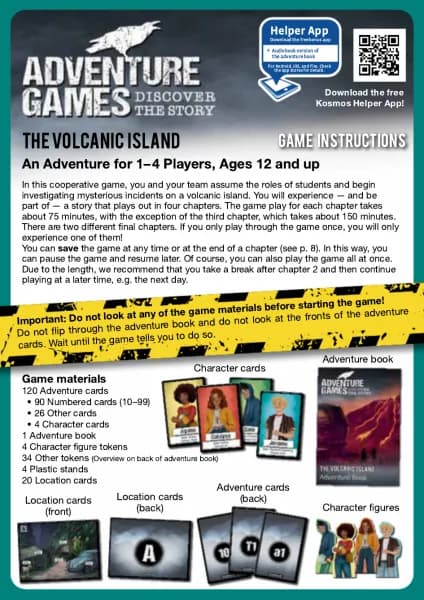Thames & Kosmos Ooze Labs: Chemistry Station handleiding
Handleiding
Je bekijkt pagina 8 van 20

› › › INTRODUCTION
A dictionary would tell you that chemistry is
the science of the composition, properties,
structure, and reactions of matter. But what
does that really mean? It means that
chemistry is the organized study of all
materials: what they are made of, how they
are put together, how they come apart, why
they behave the way they do, and why they
are the way they are.
Everything — all the matter in the universe —
is a chemical or is made of chemicals that can
be studied in chemistry. That sounds like a lot,
doesn’t it? So how do the scientists who study
chemistry, called chemists, keep it all
straight? Well, they break things down into
smaller and smaller categories, organizing
them by their properties.
Take sugar for example. Regular table sugar is
a material called sucrose. Sucrose is actually
made of three other materials that you’ve
probably heard of: hydrogen, carbon, and
oxygen. These are called elements, and are
categorized by their properties.
The smallest unit of an element is called an
atom. An element consists of one atom or
multiple atoms that are all exactly the same.
You can’t break an atom down any further
without changing its properties. But atoms can
be broken down into smaller components that
do have different properties from each other:
protons, neutrons, and electrons.
However, all protons in the world are the same
as each other, as are neutrons and electrons, no
matter what atom they’re a part of. It’s as if
you built houses out of blocks, and there were
three types of blocks: blue, green, and red.
Towns with only one house or many of the
same houses represent elements, individual
houses represent atoms, and the blue, green,
and red blocks represent protons, neutrons,
and electrons.
At this time, there are only about 118 known
elements. So everything you see is made of
only these 118 elements. In fact, about 20 of
these elements are not found naturally on
Earth and have only been made artificially in a
lab, so we’re talking less than 100 different
building blocks for everything on Earth!
How do so few parts come together to make so
many different things, that interact in so many
different ways? Answering this question is
what chemistry is all about.
This kit lets kids experience the fascination of
chemistry with 20 fun, hands-on experiments
covering a wide variety of chemistry topics.
Let’s get started! You will be amazed by all the
things to be discovered in the world of
chemistry!
And we wish you lots of fun with all your
discoveries.
What Is Chemistry?
Sugar cube Sugar crystal Sucrose molecule Oxygen atom Proton
Breaking down sugar
Quark
6
Bekijk gratis de handleiding van Thames & Kosmos Ooze Labs: Chemistry Station, stel vragen en lees de antwoorden op veelvoorkomende problemen, of gebruik onze assistent om sneller informatie in de handleiding te vinden of uitleg te krijgen over specifieke functies.
Productinformatie
| Merk | Thames & Kosmos |
| Model | Ooze Labs: Chemistry Station |
| Categorie | Niet gecategoriseerd |
| Taal | Nederlands |
| Grootte | 6140 MB |


